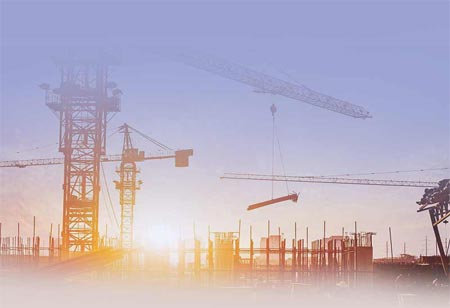Thank you for Subscribing to Construction Business Review Weekly Brief
Specials
- Apartment and Condominium Contractors Canada
- Decking Canada
- Architectural Glass Europe
- MEP APAC
- Construction Saudi Arabia
- German Apartment and Condominium Contractors
- Construction Law APAC
- Outdoor Construction
- Foundation Construction Canada
- MEP Canada
- Kitchen and Bath
- Cold Storage Construction APAC
- Precast Concrete Europe
- Construction Staffing Europe
- Pre-Construction Services
- Flooring System APAC
- Scaffolding Canada
- Swimming Pool Construction Canada
- Construction Management Canada
- Cold Storage Construction Canada
- Flooring Systems Europe
- Residential Construction
- Concrete Canada
- Construction Cladding Europe
- Construction Cladding APAC
- Concretes, Aggregates and Construction Materials APAC
- Concretes, Aggregates and Construction Materials Europe
- Commercial Contractors Europe
- Commercial Contractors APAC
- Dummy
- Construction Insulation, Coating and Waterproofing
- Construction Management APAC
- Landscaping Canada
- Construction Coating Europe
- Construction Tech Startups Europe
- Insulation Services Europe
- Mechanical Contractor Canada
- Mould Remediation and Testing Europe
- Swimming Pool Construction APAC
- Building Sealing Solutions Europe
- Construction Engineering Services
- Mechanical Electrical and Plumbing
- Roofing Systems Europe
- Architectural Glass APAC
- Startups APAC
- Construction Forensic and Owners Representative
- Flooring System
- Waterproofing APAC
- Wall Systems
- Safety and Compliance Europe
- Construction Bidding and Auctions
- Modular and Prefab Construction
- Architectural Glass
- Construction MENA
- Construction Demolition and Recycling Europe
- Modular Construction Europe
- Construction Interiors
- Steel Building APAC
- HVAC
- Doors and windows
- Construction Latam
- Building Information Modeling APAC
- Sustainable Construction APAC
- Building Restoration and Maintenance
- Commercial Contractors
- Specialty Construction
- Construction Engineering Canada
- Construction Engineering MENA
- Modular Construction Canada
- Modular Construction APAC
- Roofing and Siding Systems
- Workforce Management and Staffing
- Roofing Systems APAC
- Construction Consulting
- Steel Building Europe
- Construction Demolition and Recycling APAC
- Safety and Compliance APAC
- Concretes, Aggregates and Construction Materials
- Construction Cladding
How can Elevator Modernization Benefit Your Business?
After entering a building, tenants or visitors are first faced with an elevator system.

By
Construction Business Review | Wednesday, December 14, 2022
Stay ahead of the industry with exclusive feature stories on the top companies, expert insights and the latest news delivered straight to your inbox. Subscribe today.
Modern elevators are less likely to malfunction than their old counterparts, causing fewer temporary breakdowns, floor stops, and random faults.
Fremont, CA: After entering a building, tenants or visitors are first faced with an elevator system. This critical encounter either enhances or negates their initial experience, which usually lays the foundation for future experiences and psychological expectations.
In elevator modernization, the elevator systems are improved based on the latest technology and new features, so they remain afloat with the latest trends and meet the needs of present-day customers.
Benefits of Elevator Modernization
When outdated elevator units are installed, moving up and down the hoistway can create a jarring experience for users, let alone the unpleasant noise, appearance, and vibration of older units. In order to ensure maximum user comfort, elevator modernization aims to resolve these issues. Modernizing elevators has the following benefits:
Improved Efficiency
Elevator modernization has the significant advantage of increasing elevator efficiency, which is one of its most significant advantages. In modern elevator technologies, passengers are grouped according to their destinations, eliminating wasted trips and reducing wait times. Microprocessor-based systems can also learn traffic patterns in a building and adjust accordingly. In modern elevators, microprocessors also improve acceleration and deceleration rates and speed up door openings and closings.
Enhanced Reliability
Elevator systems have become more reliable with the advancement of technology and machinery.





